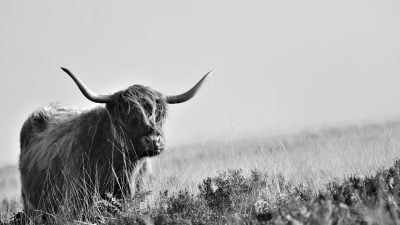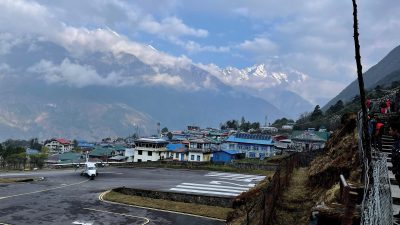Home / Australia & South Pacific / Exploring Natural Icons on New…
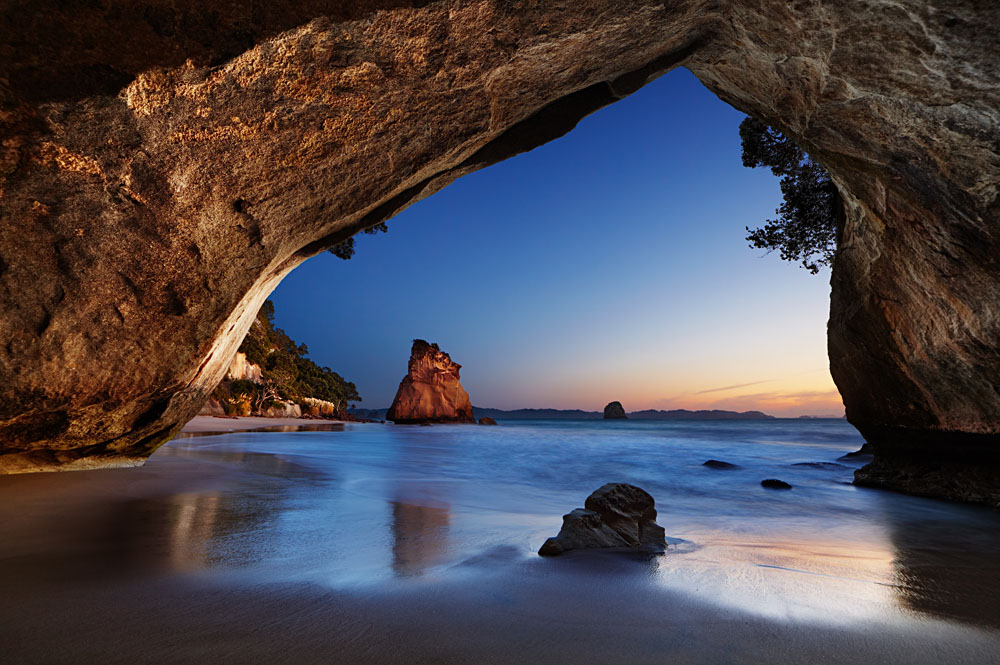
Exploring Natural Icons on New Zealand Tours
New Zealand is all about the landscape. The cities are charming and the people are delightful, but the breathtaking landscape is the showstopper here. You can’t beat it. In fact, the country is so gorgeous, it makes us a little jealous, as it’s almost unfair that so small a country has such a lion’s share of the world’s beauty. Of course, there’s nothing you can do to correct this seeming injustice except head on New Zealand tours and see the country’s incredible landscape for yourself.
From the mountains and glaciers of the South Island, to the picturesque coastline, to the mud pools and geysers that define the North Island, New Zealand has natural icons all across its geography. No matter where you head, you’ll find some landmarks that demand attention. However, the following are the key natural icons of New Zealand to explore on your next journey within its borders. If you’re heading on any New Zealand tours in the near future, consider these essential highlights.
Cruise the Bay of Islands
There are few icons in New Zealand that attract more tourists than the Bay of Islands. Located along the northeastern shore of the North Island, the Bay of Islands is a picturesque stretch of turquoise water with around 140 subtropical islands populating its expanses. These islands have incredible beaches and are great for watersports and day-long boating trips. Fishing is also very popular here, so if you’re angling to catch some local fish, plan on spending at least a day here.
The Bay of Islands is also significant for its place in New Zealand history. Prior to European settlement, the bay was a significant natural area for the Maori, known as Pewhairangi. Once the British arrived in the 19th century, the bay was home to the first permanent settlement, Russell, and is where the British and Maori signed the Treaty of Waitangi in 1840, which has been the basis for the country’s race relations into the modern day.
The Bay of Islands’ natural beauty is what makes it such an essential icon, but its historical importance definitely adds to its allure. Don’t miss it.
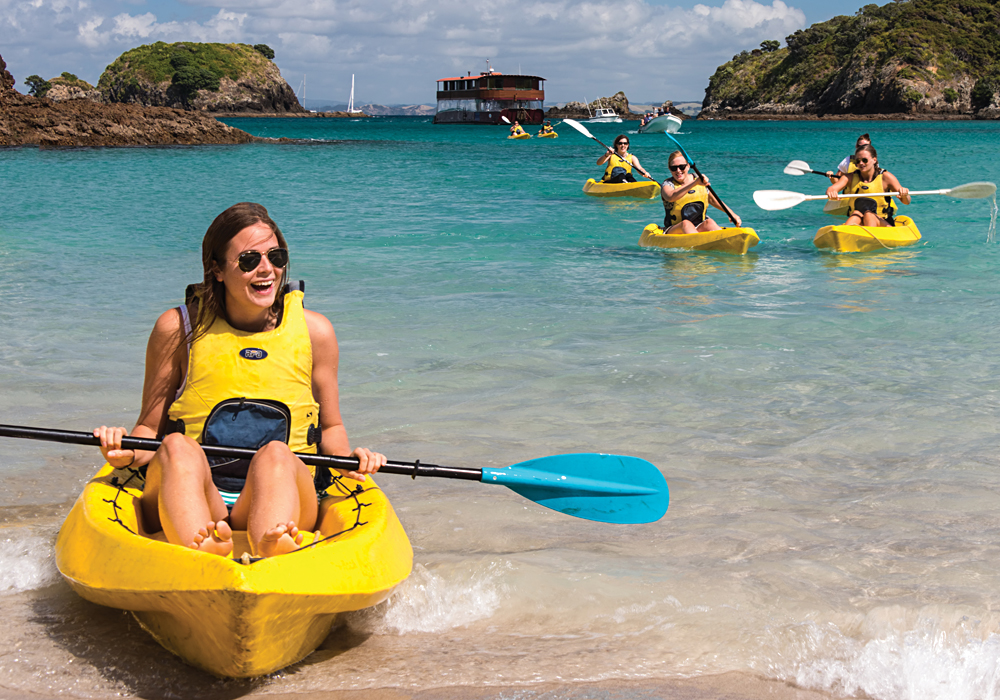
Escape to the Coromandel Peninsula
The Coromandel Peninsula lies to the east of the country’s largest city, Auckland. Known as Aucklanders’ favourite Christmas vacation spot and the country’s foremost refuge for eco-tourists, the Coromandel Peninsula is covered in white-sand beaches, kauri forests, and a jagged mountain range that splits the peninsula in two. If you’re looking for isolation, you won’t find a better spot to explore than Coromandel, even with the region’s popularity amongst vacationers.
Walking trails crisscross the central mountain range, and the long stretches of unpopulated bush are perfect for tramping. Old gold-mining towns and bays with stony shorelines offer escapes from the spots that attract crowds, as well as chances to engage with the alternative (read: hippie) lifestyle that’s still going strong in the region. After decades of logging, the kauri forests are coming back to prominence, making the peninsula evermore gorgeous. Also remember that the stunning cliff arch of Cathedral Cove is here, which is certainly worth a day trip if you’re staying in Auckland.
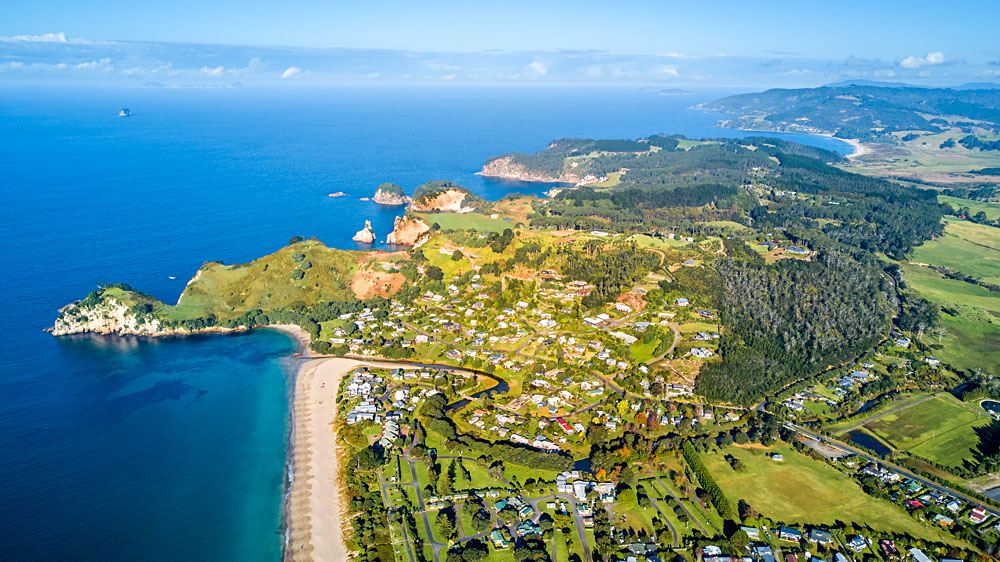
Summit Icy Franz Josef Glacier
Of all of the glaciers in the country, Franz Josef reigns supreme. This massive glacier is 12km long and has remarkable rates of ice flow, which has seen it advance up to 70cm in a single day (which may not sound like a large amount of growth, but if, for instance, your house suddenly moved 70cm one day, you’d notice). Due to this unstable ice movement, the glacial summit is only accessible by helicopter, making it something of a remote icon. Still, hiking the glacier is relatively popular and you’ll find plenty of valley trails with incredible views of the glacier starting from Franz Josef Village.
In addition to its natural majesty, the glacier has some interesting stories surrounding it. It got its name from the Austrian explorer, Julius von Haast, who was the first European to traverse its slopes in 1865 and named it after the then-current Austrian Emperor. The region’s Maori inhabitants had long been aware of the glacier, calling it Ka Roimata o Hine Hukatere, which means “Tears of the Avalanche Girl,” referencing the mythic tale of how a girl lost her lover and fell from the mountain while crying, with her tears eventually freezing and transforming into the ice of the glacier. Perhaps you’ll hear her cries for yourself when you visit on New Zealand tours.
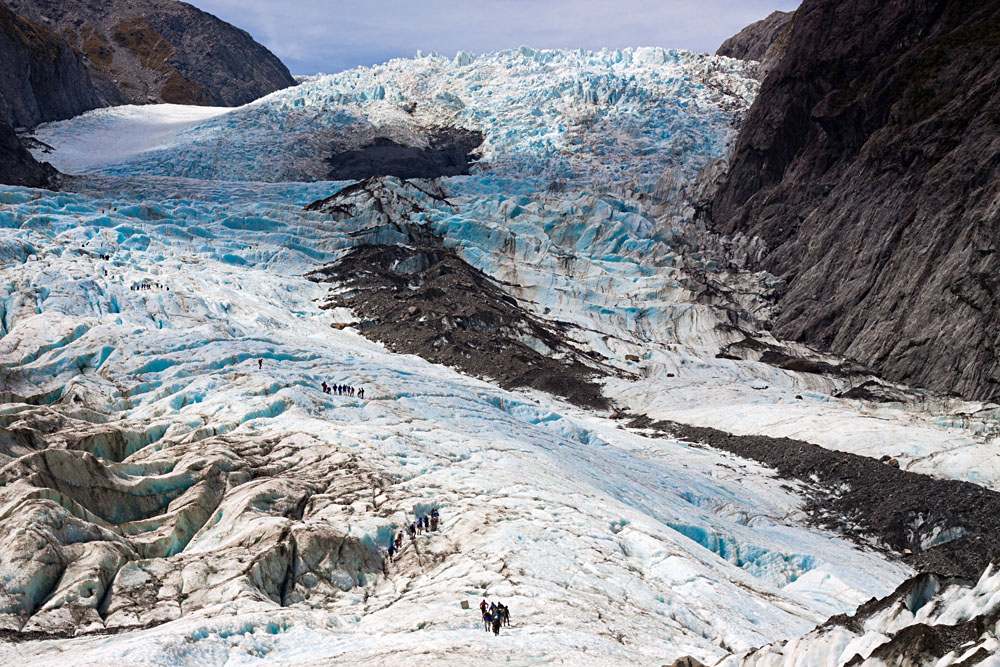
The Accessible Pleasures of the Hauraki Gulf
This gulf located between Auckland and the Coromandel Peninsula gives the Bay of Islands a run for its money in terms of natural beauty. As well, there are few natural icons that are easier to access than the Hauraki Gulf, so consider it an essential place to visit when on the North Island.
The Hauraki Gulf has plenty of small islands dotting its waters, which are perfect for day trips from Auckland. Some islands legitimately earn the name, while others are more rock than island, mere protrusions jutting out of the waters of the gulf. Waiheke and Rangitoto are particularly good islands to visit, with wineries and volcanic landscapes to explore. The water itself is great for cruising aboard a yacht or spending the afternoon playing some water sports. Just be aware that certain islands and waters are off-limits as conservation areas, meant to protect the area’s wilderness, specifically the rare birds that call the area home.
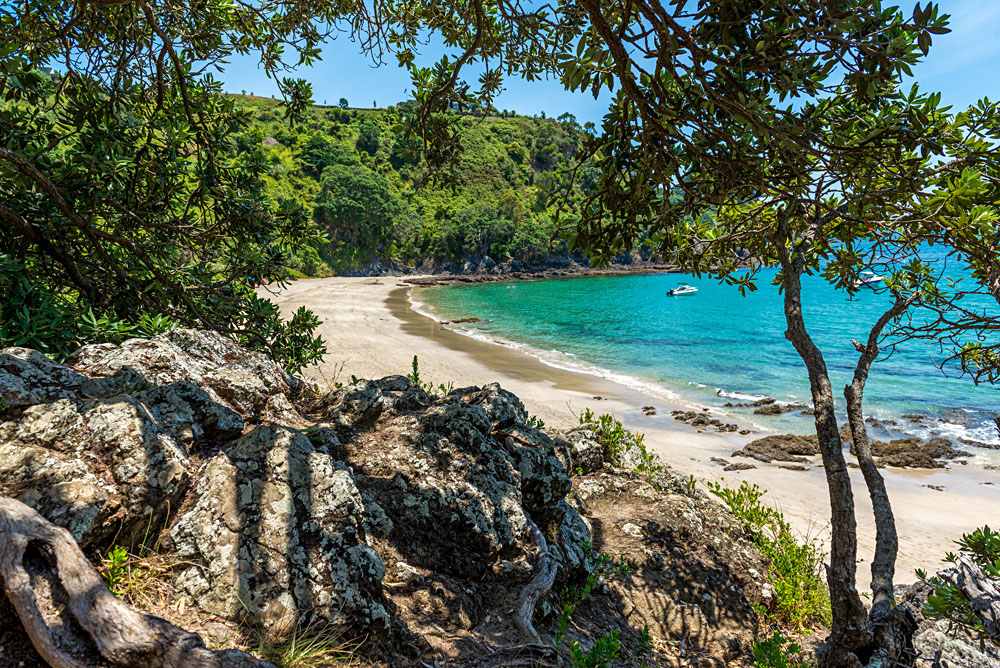
The Stunning Iconography of Milford Sound and Mitre Peak
Milford Sound and Mitre Peak are stunning even by New Zealand standards. Located on the South Island, Milford Sound is a fjord that culminates in Mitre Peak, known as Rahotu in Maori. If icons are all about overwhelming first impressions, be prepared for Mitre Peak to rock you to your core when you first see it. The mountain towers 1692m above the waters of the Sound and is the most popular photographic subject in the country.
While Mitre Peak is the centrepiece, the rest of Milford Sound is also impressive. The cliff walls are remarkably sheer, often causing trees to lose their grasp and tumble into the waters in a “tree avalanche.” The water is also stunningly calm. When you visit Milford Sound and see the heights of Mitre Peak, the calm of the water, and the stark geometry of the surrounding mountains combine, you’ll be awestruck and fully understand why Rudyard Kipling once dubbed Milford Sound the “Eighth Wonder of the World.”
Milford Sound gets around half a million visitors a year, so the lookouts can get crowded, especially during the peak months of January and February. However, the view of this icon is so good, you’ll forget about the crowds and merely bask in its natural glory.

Towering Aoraki/Mount Cook
Few things are as impressive as a towering mountain. Aoraki or Mount Cook is the tallest mountain in the entire Australasian continent and the highest object in New Zealand, standing at 3754m. As such, it’s a stunning sight, with its angular snow-capped peak among the most attractive natural sights in an island filled with them – when it’s not obscured by cloud, that is.
Aoraki is most popular as a climbing and hiking spot. It’s also located in a 700 square-kilometre national park that’s home to over a dozen other mountains. Most people on New Zealand tours connect to the site via tour bus and then hike the area on foot. While traversing the landscape, you’re likely to see Himalayan goats and European red deer, which are not endemic to the area, but were brought over by European settlers. In the summer, the landscape adds an extra layer of beauty when the ice melts and lilies spring forth from the mountainside.

The Geothermal Marvel of Rotorua
New Zealand’s North Island is home to lots of geothermal landscapes, but none are as impressive as Rotorua. This tourist hub features mud pools, hot springs, and geysers that astound the vast numbers of travellers who pass through its nature parks every year. You can head to the Wai-O-Tapu Thermal Wonderland to see the geothermal activities for yourself and marvel at how the earth seems alive with every bubble and belch of mud. Be sure to see the Pohutu Geyser, which shoots 30m high with every burst. The city itself is not as impressive as the landscape – it’s called Sulphur City and resembles Vegas with its motels and tourist-centre infrastructure – but the geothermal landscape is so interesting, any deficiencies in city aesthetic are easily forgiven.
Rotorua is also a significant Maori centre, with a population that is 35 percent Maori. You can visit the Whakarewarewa, The Living Maori Village in the valley to see demonstrations of Maori traditions and to visit the New Zealand Maori Arts and Crafts Institute. The area’s cultural richness is added bonus to the natural wonder that is Rotorua.
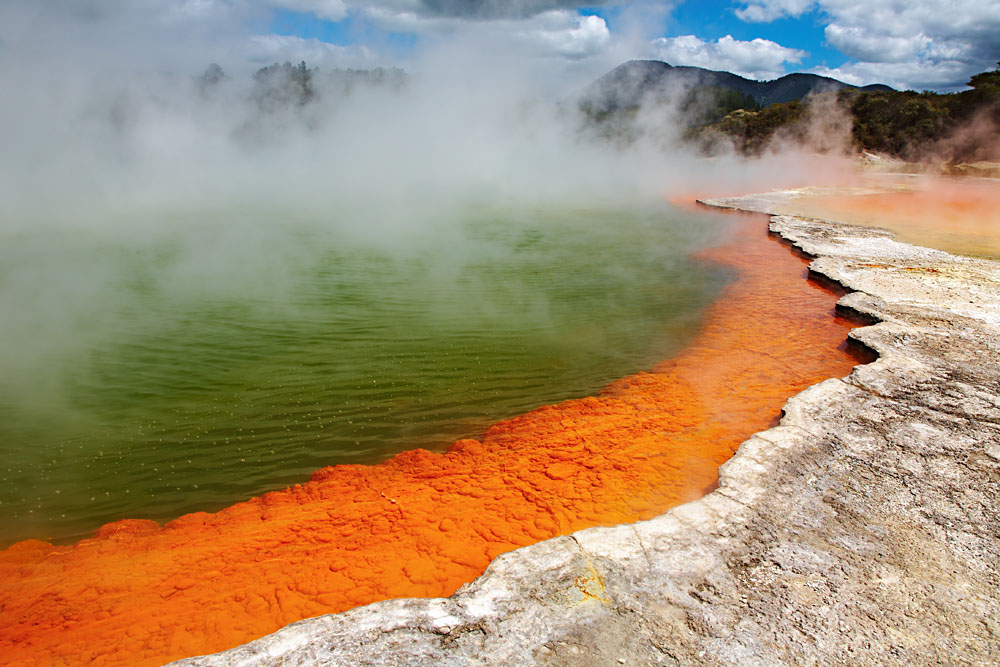
Head Underground at Waitomo
It’s not just the landmarks above ground that are world-class in New Zealand. If you head beneath the surface, you’ll discover one of the most enchanting cave systems in the world. In the middle of the North Island, you’ll find the Waitomo Caves, a massive underground system of around 300 limestone caves that have fascinated visitors on New Zealand tours for over 100 years. You can venture into these deep, dark tunnels and explore an entire world beneath the earth.
While the vast nature of the cave system is iconic in itself, the Waitomo Caves are especially significant as they’re home to glowworms, which light up the caverns with their bioluminescent bodies. If you travel along the underground waters of the Glowworm Grotto, you’ll be treated to a simulated star field, as the glowworms covering the walls and ceiling replicate the look of the night sky. It’s a majestic sight and a taste of nature’s astounding magic.
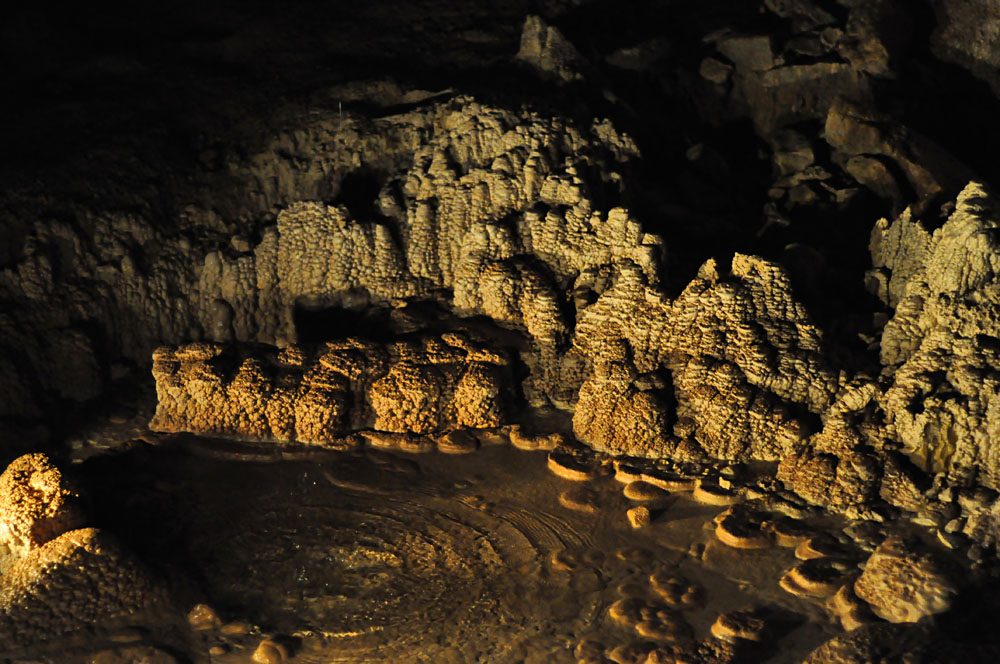
You’ll discover so many gorgeous sights and unforgettable landmarks on New Zealand tours. Its natural icons run the gamut, from underground caves to towering peaks, from bubbling mud pools to picturesque fjords and bays. New Zealand is a country where nature is king.
Get more travel inspiration by email.
Subscribe
0 Comments

Get the latest travel trends & hear about the best deals on vacations around the world.
If you’re a Globetrotter, these are the newsletters for you!
